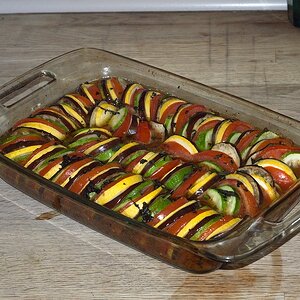musicaleCA
TPF Noob!
- Joined
- May 23, 2009
- Messages
- 2,303
- Reaction score
- 0
- Location
- Vancouver, BC
- Can others edit my Photos
- Photos OK to edit
Comparing PJ's to "artists" is what's off base here.
Photojournalists can not, by mandate of many of their employers and for commonly held ethical beliefs, edit images after they are taken. Many PJ's can (and are) fired for even cropping an image after it's taken. As such, they are often required to shoot everything in JPG.
Here's an article on PJ ethics:
Photojournalism Ethics: Chapter Six
Artists who view an image captured by a camera as a starting point and not the final product shoot in RAW. It allows them to play with the image in a non-destructive manner whereas this would be impossible with a JPG.[SIZE=+0]Hal Buell of the Associated Press said, "I don't think your ethics can be any better or any worse using electronic methods than they are using the classical methods. Ethics is in the mind. It is not in the tools you use" (Bossen, 1985, p. 30). There are two approaches that one can take about the use of computer technology: absolute or relaxed. Either computer manipulation should never be performed for news/editorial images, or changes are allowed. Robert Gilka, former director of photography for National Geographic magazine, articulated the absolute viewpoint. Gilka said that manipulating images is "like limited nuclear war. There ain't none" (Ritchin, 1984, p. 49). Jack Com, director of photography for the Chicago Tribune said manipulations are "ethically, morally and journalistically horrible" (Reaves, 1987, p. 3 1). [/SIZE]
Weird, and I disagree to an extent. There has been plenty of occasion for the student paper I'm at to use RAW, from WB fixes to fill light. But, all adjustments are global only. That and I (the photographer) don't get to make any adjustments; that's done by the editors.


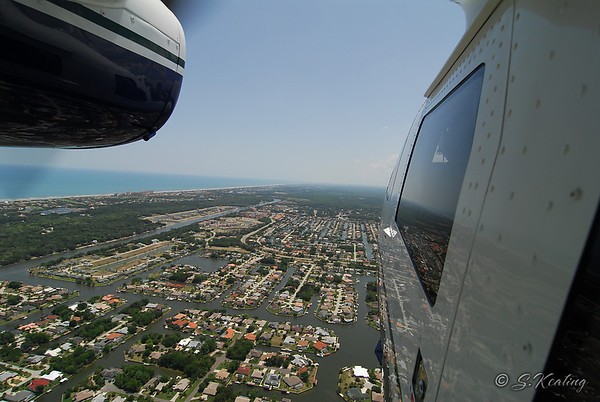
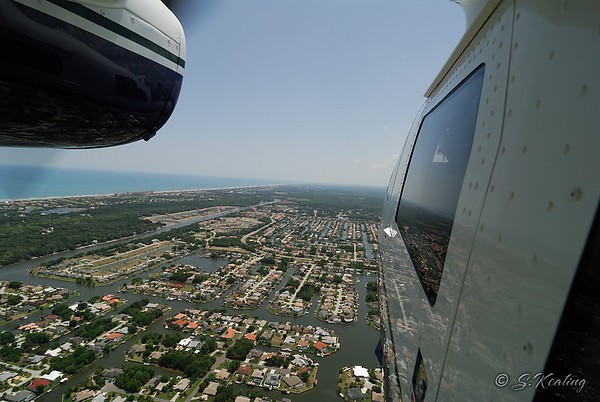
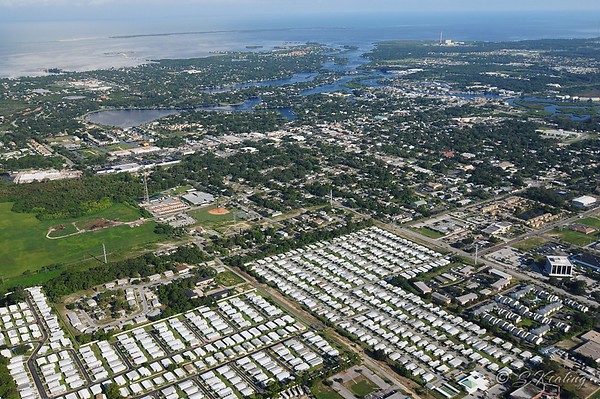
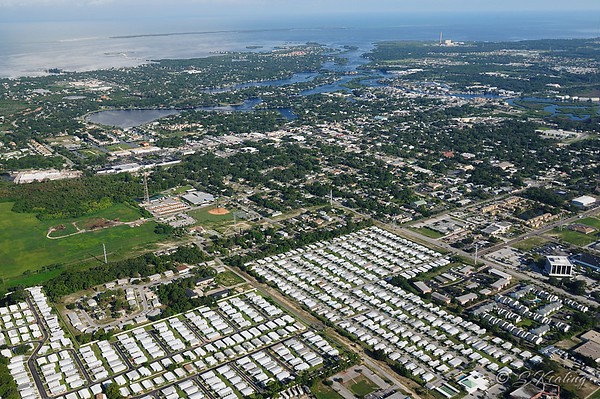
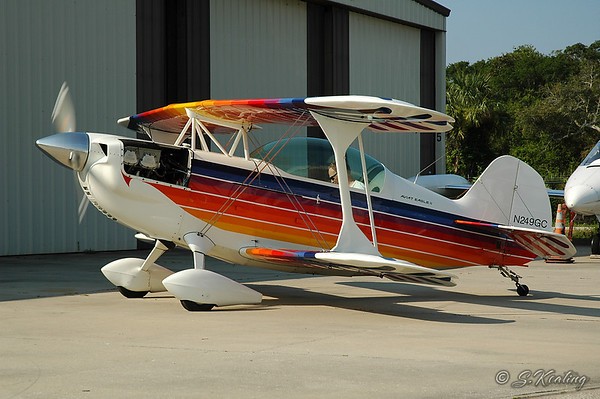
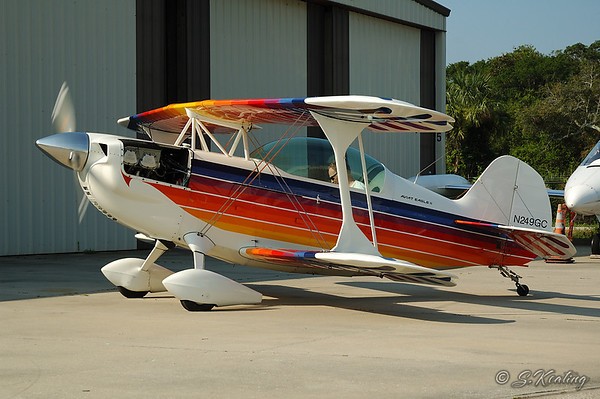
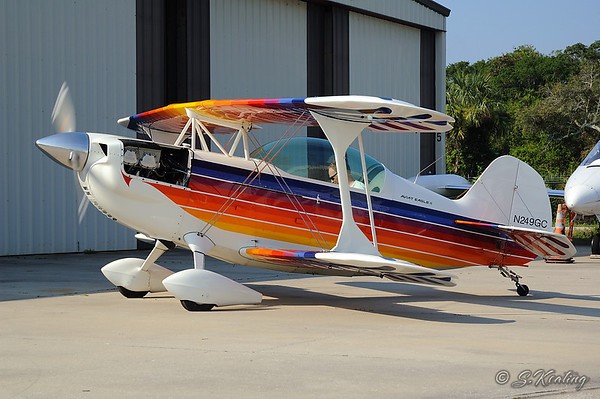


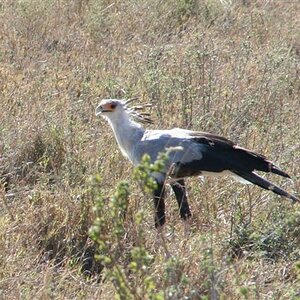
![[No title]](/data/xfmg/thumbnail/35/35262-02f8eba4a2a92dbae0b55547bba80b4f.jpg?1619736968)
![[No title]](/data/xfmg/thumbnail/37/37539-ae46a74e6510aad73c9101a029847880.jpg?1619738133)
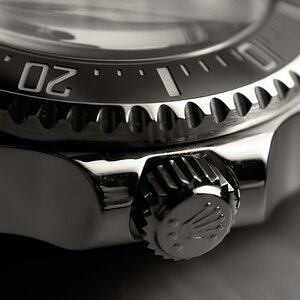

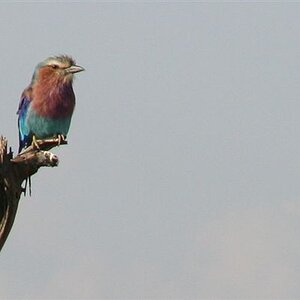

![[No title]](/data/xfmg/thumbnail/40/40307-b3813381d3c1ef8282c72905405b50fe.jpg?1619739413)
